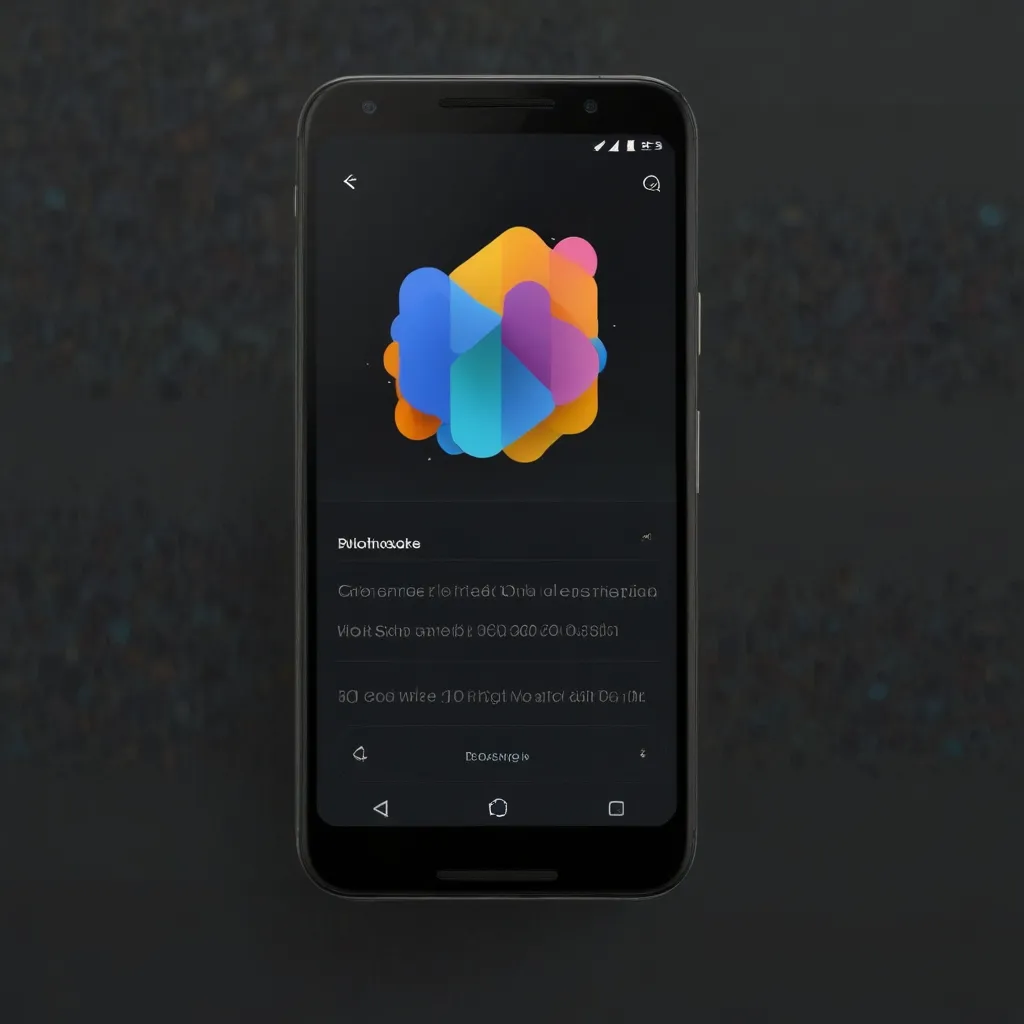Oh, Fast Artificial Neural Network, or as we affectionately call it, FANN. This clever little library in C brings the power of neural networks to those who dare to make computers smarter. If you’re into technical blogs and also enjoy a bit of programming across Python, Java, JavaScript, or Go, then you’re about to embark on a little journey with me. Let’s roll up our sleeves and get a tad bit nerdy!
First, imagine you’ve got this toolbox. It’s not any old toolbox; it’s got algorithms and magical pieces that make computers do things normally reserved for sci-fi movies. FANN makes developing, running, and managing neural networks as simple as making a cup of instant coffee. Well, almost.
Starting with FANN is like greeting an old friend. Its structure is straightforward and doesn’t demand much from your machine resources. You can run it on your trusty old computer without feeling like you’re trying to launch a spaceship. Now isn’t that refreshing?
Dive into the code, and you’ll see it’s pretty magnificent. How it lets you define the number of layers in the network, tweak the learning rate, and sculpt the network’s architecture—all these building blocks let you create something truly wonderful. It’s empowering, really. All you need to do is feed it some inputs, and voila, it spits out an output like a professional fortune-teller.
To make this relatable—think of it like making a sandwich. You lay down your bread (input layer), pack it with delicious stuff (hidden layers), and cap it with another bread slice (output layer). The surprise is in the bite, or for FANN, the output results that you’re craving to get right!
Imagine whipping up some code. You craft a network with a few lines of C, specifying the number of neurons here and adjustments there. Indeed, C is rather low-level, so it might take some getting used to, but once you see your first neural net in action, it’s like magic! The syntax gets less intimidating, and you suddenly grow fond of writing code that doesn’t need constant hand-holding.
FANN can actually speak several languages. Although it’s written in C, fellow programmers have made sure it interacts nicely with the likes of Python, Java, and even .NET through wrappers. It’s like having a multilingual buddy who bridges the gap between cultures—only here, it’s coding ecosystems. Think of the possibilities when you harness the power of FANN alongside Python’s statistical libraries or Java’s extensive enterprise capabilities!
And of course, the beauty of FANN is its mimicry of brain function—yes, our very own brains. Essentially, neural networks were inspired by the intricate networks of neurons in our heads. FANN takes this idea and translates it into the digital realm with remarkable finesse. Just a little tidbit to share around the water cooler.
If you’re anything like me, you appreciate when tech seamlessly blends into everyday life. With FANN, its applications range across image processing, pattern recognition, and even stock market predictions. Picture it predicting sales trends after processing heaps of transactional data—or, in simpler terms, guessing tomorrow’s sandwich specials based on today’s bakery orders. Handy, huh?
Now, experimentation is at the heart of using FANN effectively. Play around with different learning algorithms—perhaps the ‘backpropagation’ to adjust weights or cross-entropy for a variation on the learning process. It’s like fiddling with gravity in a simulation—the more you tweak, the more you understand the underlying mechanics.
Let’s not forget how lightweight it is. FANN’s efficiency is thanks to its Spartan-like simplicity. But don’t let that fool you; it’s as potent as a double espresso. While it doesn’t put on a show with flashy interfaces or dizzying graphics, it focuses on getting things done quietly and effectively.
Here’s a snippet to whet your appetite. Say you’re defining a network with a single hidden layer, setting up 2 neurons in input and output layers, and experimenting with 3 in the hidden layer. In C, it would look a bit like this:
struct fann *ann = fann_create_standard(3, 2, 3, 2);
fann_set_activation_function_hidden(ann, FANN_SIGMOID_SYMMETRIC);
fann_set_activation_function_output(ann, FANN_SIGMOID);
// Train it based on your dataset
fann_train_on_file(ann, "training.data", 5000, 100, 0.01);
// Once it’s learned enough, you can save the trained file
fann_save(ann, "trained.net");
fann_destroy(ann);
There you go! Much akin to a chef savoring a dish after careful preparation, lean back and appreciate the elegance of a neural network well-defined.
The learning here doesn’t stop. Dive deeper, and you’ll find more layers (pun intended) to uncover. Try integrating this with a full-stack app, where you maybe gather data with a JavaScript front-end, send it over to a Python server, and let FANN quietly do its magic in the backend. The opportunities are, essentially, boundless.
At the end of the day, whether you’re trying to crack a new coding language or pushing the limits of artificial intelligence, it’s all about the journey. With FANN, you’re not just writing code; you’re contributing to a little piece of the future that starts in our wild, tech-driven imaginations.
So there you have it. FANN’s the unsung hero in the neural network drama. A tool both for the curious coder dabbling in AI for the first time and the seasoned developer looking to expand their tech arsenal. Until we meet again in another tech rumination, keep tinkering!






